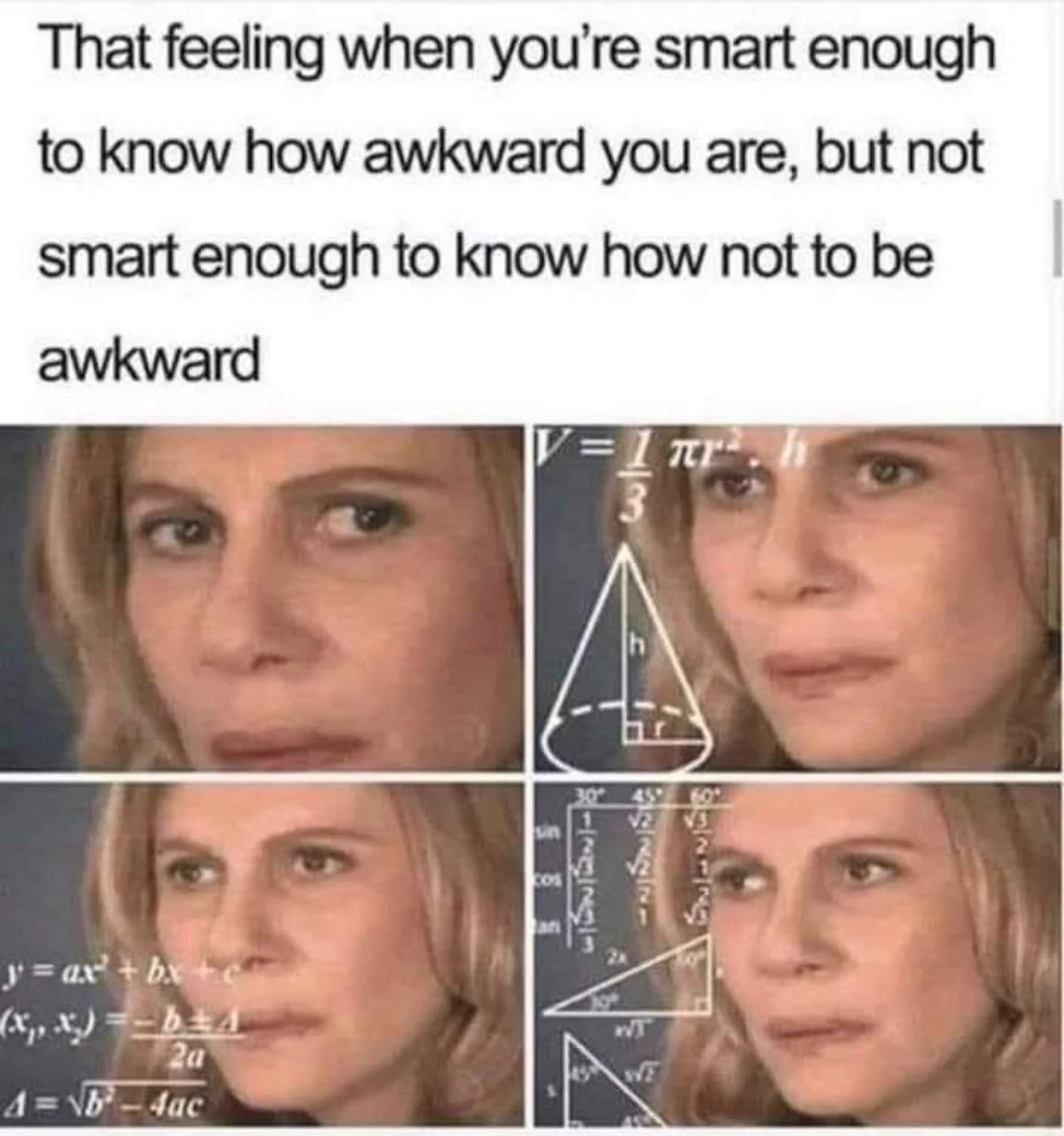How do I know if I'm dreaming?
I’ve been interested in lucid dreaming since high school, with just enough success to say that my efforts haven’t been a complete waste of time. I have a lucid dream once every few months, which isn’t great. But I still do reality checks multiple times per day.
The simplest way to lucid dream is to follow two steps:
- Get into the habit of writing down your dreams as soon as you wake up, so you get better at remembering them.
- Start doing regular reality checks.
(But this is also the least reliable method, hence why I haven’t had much success.)
A reality check is when you examine some aspect of the world to see if it looks unusual. An example of a reality check is to read some text, and then read it again. Many people find that in dreams, they have difficulty reading; or the words shift around and appear to say something different the second time.
Continue reading
